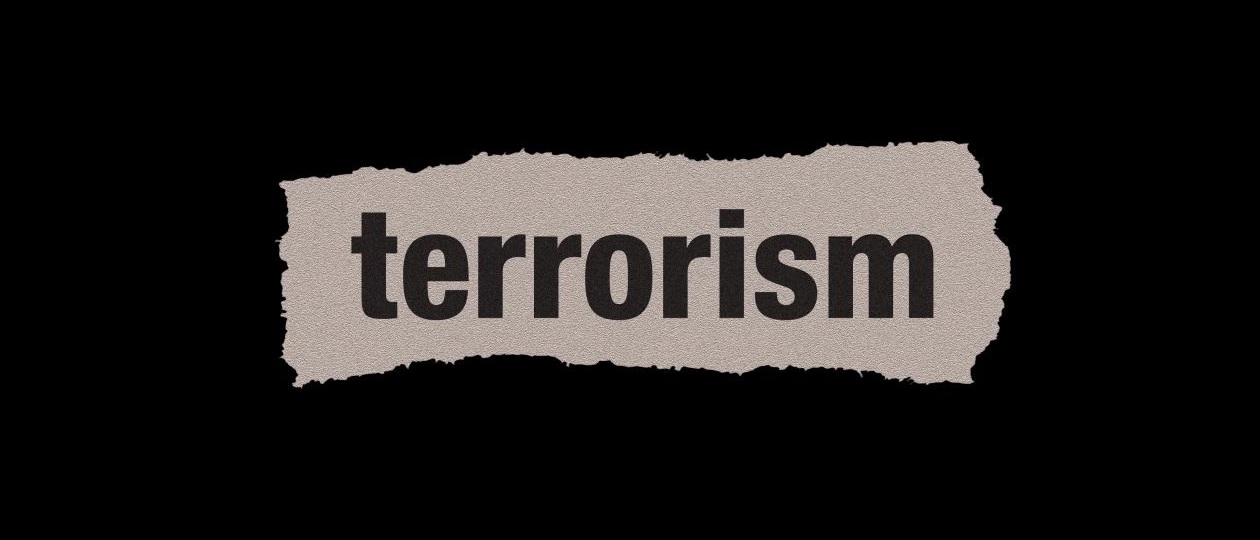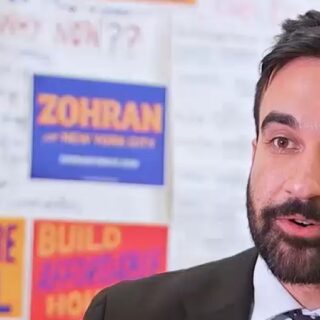
Before writing the articles on political trials in the Russian Empire and use of administrative orders and extraordinary laws to crush opposition, I must explain my methodology—how I research and write about different subjects in history. Most important is how I define terrorism.
In this series we are looking at the how the Russian Empire became the birthplace of mass terrorism in the 20th century. This includes not only looking at terrorism, but also at other types of mass violence and at government repressions.
Furthermore, we need to define what terrorism is so that we can distinguish terrorism from other types of political violence. This article will give my definition of terrorism. The next article will show some of the difficulties of defining terrorism in today’s world. In a certain respect, it is less difficult to write about terrorism in the Russian Empire than it is to write about it elsewhere.
I use a comparative approach when I write about terrorism in the Russian Empire by setting it in the wider context of the history of terrorism in Europe and the world. The comparative approach allows us to find similarities and differences between terrorism in the Russian Empire and terrorism in other countries, regions, and different historical periods.
Most importantly, this approach allows us to determine elements of uniqueness in terrorism in the Russian Empire. We must always be aware that terrorism originates and develops in specific conditions in different countries, regions, and periods.
I apply the same comparative approach when I write about the Russian Revolutions of 1905-1907 and 1917-1922. Setting these revolutions in the wider context of the history of European revolutions from the late 18th century to the early 20th century gives us huge possibilities of finding similarities and differences and elements of the uniqueness of Russia’s two revolutions.
What is Terrorism?
Scholars and governments still cannot agree on a definition of terrorism. Particularly necessary in defining terrorism is to determine the historical conditions that make terror – state violence – and terrorism – oppositional violence – possible. Governments throughout the world have used mass violence against their real or alleged opponents for centuries.
Oppositionist individuals and groups in many countries have practiced politically motivated killings against their real or imagined enemies for centuries.
However, terror and terrorism are the creations of modern European history – specifically they emerged during the age of revolutions and other great changes in Europe from 1789 to 1914 and have continued until the present. [1, p. 41].
How words are used can cause problems. Russian historians often use the word terror [террор] when they are referring to terrorism. [терроризм] Even the words terrorism and terrorist have evolved since their original meanings during the French Revolution.
In a supplement to a dictionary of the French Revolution, terrorism was defined as a system or regime of terror. One dictionary published in 1796 noted that the Jacobins from 179-1794 used the word terrorism in a positive sense when they spoke about their policy of frightening and exterminating their enemies and their attempts to establish a rule of virtue by using terror.
After the overthrow of the Jacobins in 1794, the word terrorism was used in a negative sense with an emphasis upon the criminal intentions of the supporters of terror. Gradually the word terrorist was used to define a person trying to promote his or her views through a system of forced frightening of other people. [2, p. 11].
The term <<white terror>> was used from 1794 to 1815 to describe the murders of Jacobins, republicans, and Bonapartists by royalist gangs, often acting with the tacit support of local governments. [1, p. 41]. This term still has a negative context in histories of the French Revolution even when historians condemn the terror of the Jacobins.
The element of frightening people is the essence of political violence used by governments and oppositions. The French word <<terreur>> is derived from the Latin word terror. In Latin, the word has the following meanings.
- A fact or quality inspiring fear.
- A person or thing causing horror.
- An extreme [3]
One can say that the purpose of government terror and oppositional terrorism is to terrorize people.
My Definitions of Terror and Terrorism
Terror and terrorism are the creations of modern history beginning with the French Revolution and other great revolutions and changes in Europe. Governments practice terror – organized and systematic violence – against real or imagined opponents in their own countries or in other lands.
Practice of terror requires an organized political police force to monitor and suppress opposition; legal definitions of political crimes; categorization of political opponents; a police-judicial infrastructure to arrest, try, and punish opponents; an ideology to justify use of violence, intense use of the media to mobilize mass support for terror; reliance upon different population groups to support terror.
The targeted categories of <<enemies of the state>> or <<enemies of the people>> can be based on a broad range of human characteristics: race, ethnic group, religion, political affiliation, social class, and other characteristics. Methods of terror against categories of the population can range all the way up to genocide – an attempt to exterminate all members of a group.
Terror differs sharply from traditional methods of government repression of opponents. It is seen not only as a necessity, but also as a desired good. Furthermore, terror elevates the struggle between a government and its opponents to the level of a cosmic struggle between the forces of absolute good and absolute evil.
Eschatology—the teaching about the coming destruction of an old world and the birth of a new world– features prominently in many ideological movements, especially those advocating violence. Eschatology has both religious and political variations.
Terror is possible only when governments have broken with traditional religious, moral, and legal prohibitions against killing particularly when the targets of terror belong to groups that have been categorized and demonized by governments as dangerous, evil, and unworthy of life. For the period in the history of European revolutions between 1789 and 1917, only French revolutionary governments practiced terror. [1, pp. 42-43]
Opposition groups practice terrorism – organized and systematic violence – against governments, societies, and individuals. Terrorism has its own infrastructure – the organization of specialized groups of terrorists (although individuals, today known as <<one wolves>, have practiced and still practice terrorism); organization of networks of supporters; formulation of the goals of terrorism; using mass media to gather support for terrorist activities; relying on certain population groups to provide the mass base of terrorists and supporters.
The targeted categories of enemies can be based on the same broad range of human characteristics that are used by governments to target individuals and groupings. Terrorists, depending upon their ideological tendency, can limit their activities to violence against specific groups. In Russia before 1917, left-wing terrorists killed government officials and members of the propertied classes.
Terrorism differs from mass movements of violence during a rebellion or revolution.
Mass movements tend to be spontaneous and can easily be crushed by governments or wither away.
Like practitioners of terror, terrorists regard terrorism as not only a necessary evil or a harsh choice for the moment, but rather as a desired good. It elevates the struggle between terrorists and their opponents to the level of a cosmic struggle and develops an ideological framework to justify terrorist activities. Eschatology features prominently in terrorist organizations regardless of the ideology. Terrorism becomes possible only when significant numbers of people break with traditional religious, moral, and legal prohibitions against killing. [1, p. 43]
As noted in other articles, the Russian government could not practice terror because it lacked both the resources and the political will to become a police state. However, many of its practices—the use of a political police force, its hostility to any real or imagined opponents, a detailed criminal code on political crimes, widespread use of political trials, administrative procedures, and extraordinary laws—were adopted by the Soviet government.
A culture of violence makes terrorism and terror possible. Europe before World War I had many distinguishing features of a mass culture of violence. As French cultural historian Jacques Barzun noted: <<No one who has not waded through some sizeable part of the literature of the period 1870-1914 has any conception of the extent to which it is one long call for blood, nor at the variety of parties, classes, nations, and races whose blood was separately and contradictorily clamored for by the enlightened citizens of the ancient civilizations of Europe.>> [4, p. 501].
The outbreak of World War I allowed millions of Europeans to abandon traditional restraints and killings and to turn their murderous thoughts and fantasies into realities. Terrorists and their supporters in the Russian Empire had already thrown away legal, moral, ethical, and religious restraints against killing.
The next article will examine why it is so difficult to define terrorism in today’s world and to determine how it differs from other types of political violence.
Citations
- Rocchi, T. Terrorism in the Russian Empire: Lessons of history for today’s war on terrorism. Part I: posing the questions for studying terrorism in Russia //Historical and Social-Educational Idea Volume 10 #5/1, 2018, pp. 36-52. //Рокки, Т. Терроризм в Российской империи: уроки истории для сегодняшней войны против терроризма. Часть I; постановка вопросов к изучению терроризма в России // Историческая и социально-образовательная мысль. Toм 10 № 5/1, 2018, сс. 36-52. https://cyberleninka.ru/article/n/terrorism-in-the-russian-empire-lessons-of-history-for-todays-war-on-terrorism-part-i-posing-the-questions-for-studying-terrorism-in-russia
- Laqueur, Walter. The Age of Terrorism. Boston; Toronto, London: Little, Brown and Company, 1987.
- Oxford English Dictionary. Third Edition. 2011. Electronic version.
- Quoted in Pipes, Richard. The Russian Revolution. New York: Knopf, 1991.





